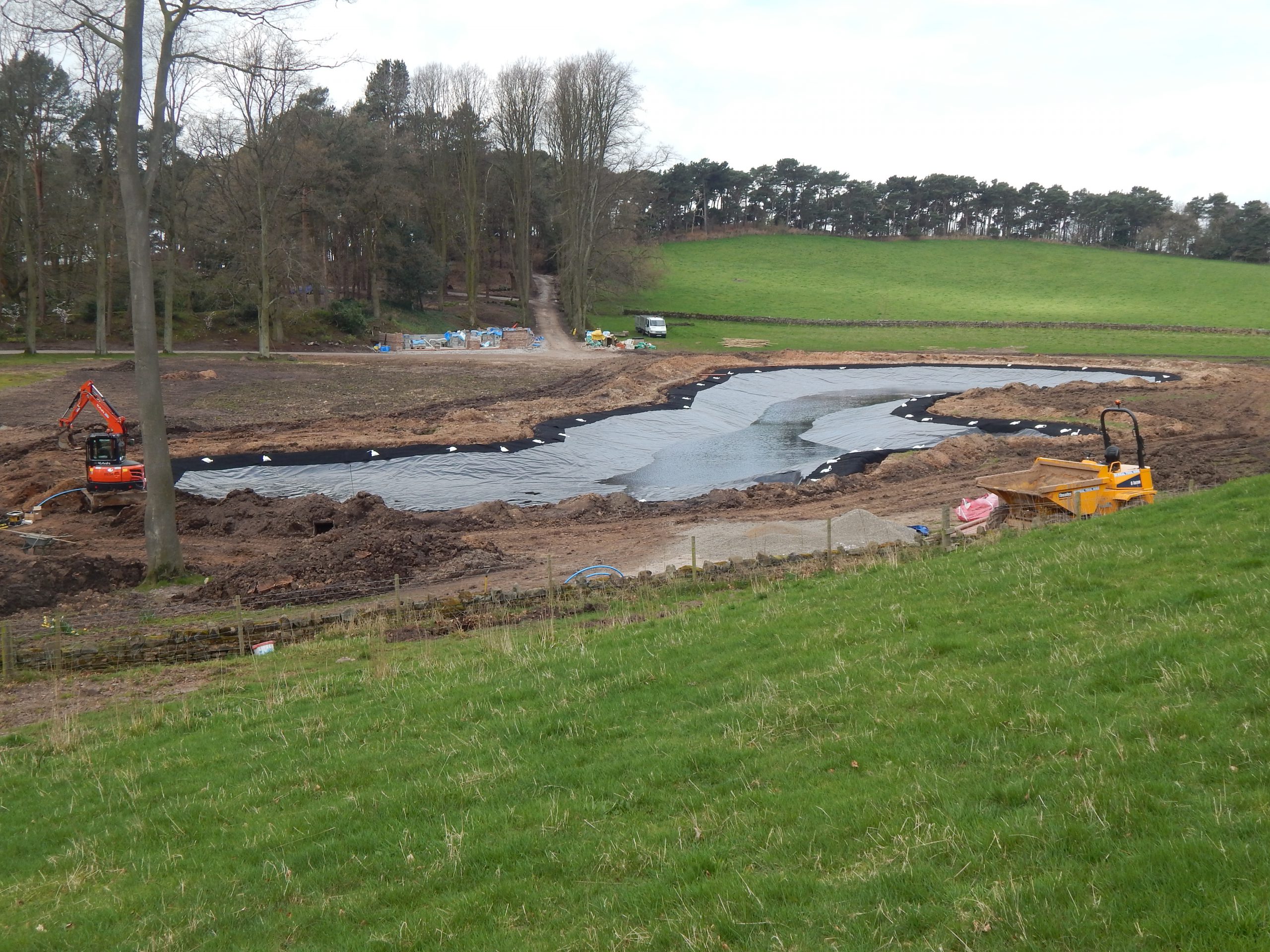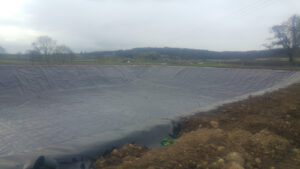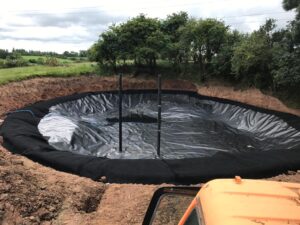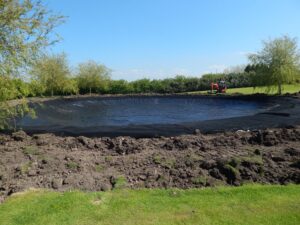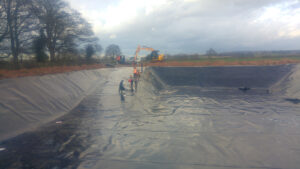Lake liners serve as essential components in managing and preserving water resources, offering a multitude of benefits and applications across various settings. These liners, designed to contain and protect water bodies, provide numerous advantages that contribute to environmental conservation, water management, and recreational activities.
Preservation of Water Resources
One of the primary benefits of lake liners is their ability to prevent water seepage and loss from natural or artificial water bodies. By creating impermeable barriers, these liners help retain water levels, ensuring the sustainability of lakes, ponds, reservoirs, and water features.
Prevention of Contamination and Pollution
Lake liners act as protective barriers, preventing contaminants from infiltrating and polluting water sources. They help safeguard water quality by restricting the infiltration of pollutants, chemicals, or waste materials, thereby preserving the ecological balance and aquatic life within the lakes.
Mitigation of Erosion and Soil Stabilisation
Lake liners assist in controlling erosion and stabilising soil around water bodies. They prevent soil erosion caused by water movement or fluctuations, maintaining the integrity of lake banks and shores while reducing sedimentation and siltation within the water.
Enhanced Recreational and Aesthetic Value
Lake liners contribute to enhancing the recreational and aesthetic value of water bodies. They enable the creation of aesthetically pleasing features, such as decorative ponds, swimming pools, and water gardens, fostering environments for leisure activities and enhancing landscapes.
Agricultural and Irrigation Uses
Lake liners find applications in agricultural settings for irrigation reservoirs and water storage. They aid in retaining water for agricultural purposes, ensuring consistent water supply for crops, livestock, and irrigation systems, particularly in areas with water scarcity.
Aquaculture and Fish Farming
Lake liners are essential in aquaculture and fish farming operations. They create controlled environments for fishponds, hatcheries, and aquatic cultivation, maintaining optimal water conditions and supporting the growth of aquatic organisms.
Versatility in Materials and Applications
Lake liners come in various materials, such as geomembranes, PVC, HDPE, and EPDM, offering flexibility to suit diverse applications. They can be customised to fit different shapes and sizes of water bodies, catering to specific requirements for containment and protection.
Conclusion
Lake liners play a pivotal role in water management, environmental protection, and recreational development. Their ability to preserve water resources, prevent contamination, control erosion, and facilitate various applications underscores their significance in diverse industries and settings. As the need for sustainable water management grows, lake liners continue to be indispensable assets, contributing to the conservation of water bodies and ecosystems while supporting various human activities and industries dependent on these valuable natural resources.
To find out more about our products and services and how we can help you, please contact us using the below –
Tel: 01695 228626
Email: enquiries@enviroseal.co.uk

